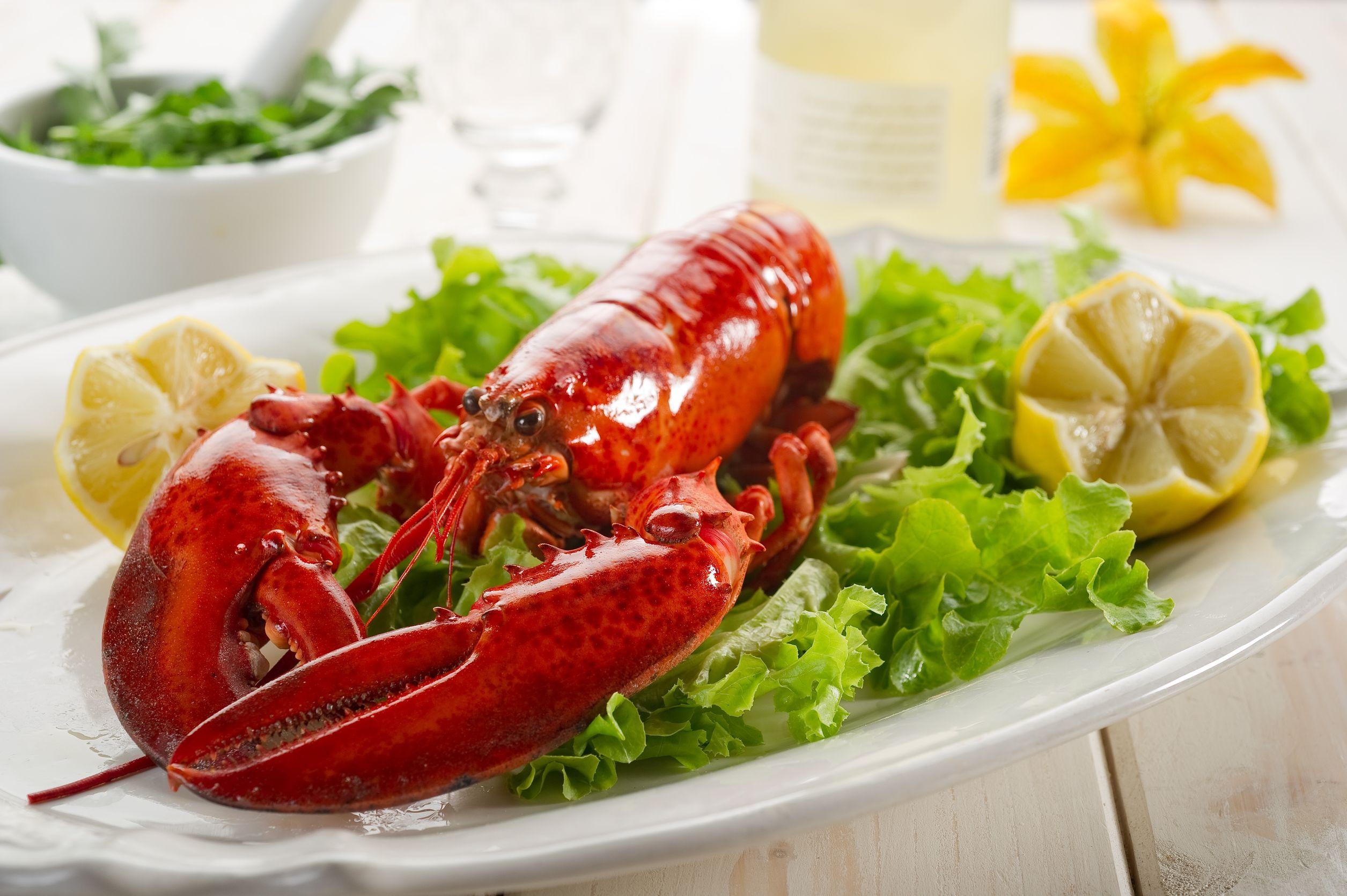If you’re a restaurant owner or utilize cooking for any aspect of your operation, you’re probably familiar with a large number of seafood distributors in Boston. However, how much do you know about what happens before your purchase? Any history buff will be excited to learn that the background of lobstering is just as rich as the delicious meat of a lobster itself.
Pre-Colonial Era
The Gulf of Maine Research Institute notes that lobster was not always considered a delicacy. Now, lobster is coveted as a fancy meal on the more expensive side of the seafood price spectrum, but lobsters were once so abundant that Native Americans baited their fishing hooks with lobsters. Seems backward, doesn’t it? Actually, lobsters were even used to fertilize fields at one time!
Too Much Lobster?
Similarly, lobster continued to be so plentiful throughout the American colonial era that they were considered food for the poor—children, prisoners, and indentured servants were served lobster so frequently that some rebelled, demanding to be served lobster no more than two or three days out of the week.
World War II
On the other hand, lobster was considered a delicacy during the World War II era. Thanks to the booming war economy, it was affordable, delicious, and desirable for its sweet, protein-rich meat.
These days, it seems impossible that there was once a time when lobsters were so plentiful that even the poor couldn’t stand to eat them, or that a delectable lobster meal was sacrificed instead for use as fertilizer or bait. Now, the lobster industry is booming, and talented cooks are discovering more and more delicious ways to enjoy them. If you’re one of these culinary experts, keep this history in mind the next time you order from your local Boston seafood distributors! You might find yourself appreciating lobster in an entirely new way.





